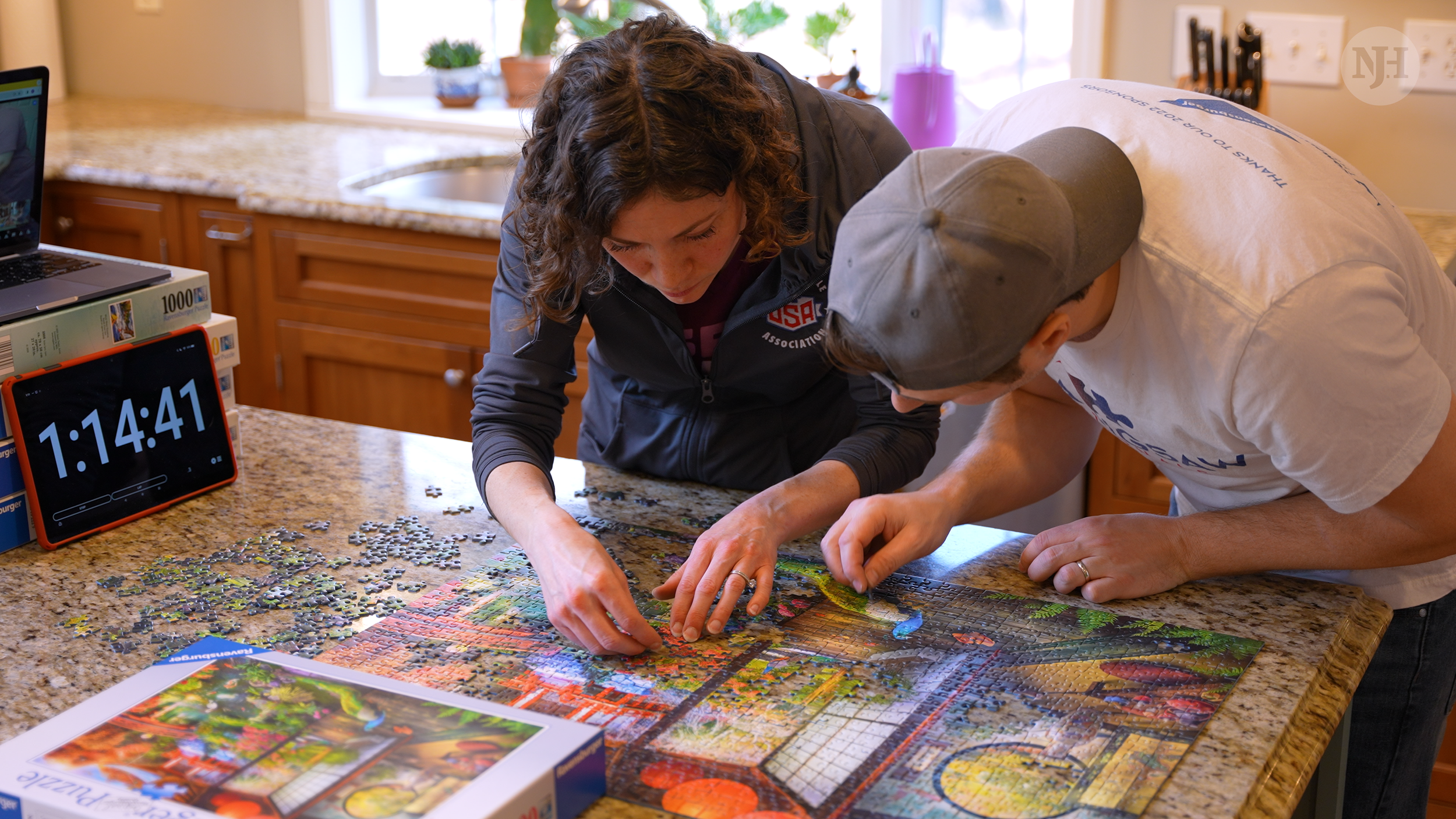Aquariums
written by Robert Seatherton @dendrodr
Intro
Aquariums provide an intimate window into the underwater worlds that capture our imagination.
I was always curious as a kid whenever I saw scenes in nature such as tadpoles in a puddle or the rainbow colored beadlet anemones and flowing seaweeds in tidepools. Bringing these scenes into my room felt natural, an extension of my childhood play. As an adult, that is no different.
Aquariums in the home allow us to connect with creatures we cant easily see in a new and inspiring way. I truly believe aquariums bring an appreciation for the natural world that is unparalleled except for physically exploring those habitats.
If you found this page I have a feeling you have experienced that deep curiosity about nature at some point in your life. If you have ever looked at a tide pool, river, lake, pond or snorkeled in the ocean and thought “that would be so cool to recreate at home” then read on!
Maybe you have always wanted an aquarium and never really knew how to start, never had the opportunity or you have never thought about it until now and something spurred you to google it. Welcome!
I hope the following videos and words will encourage you to take the plunge into the aquarium world. Let your imagination run wild, bring a piece of nature into your life. Do it ethically, sustainably and have fun!


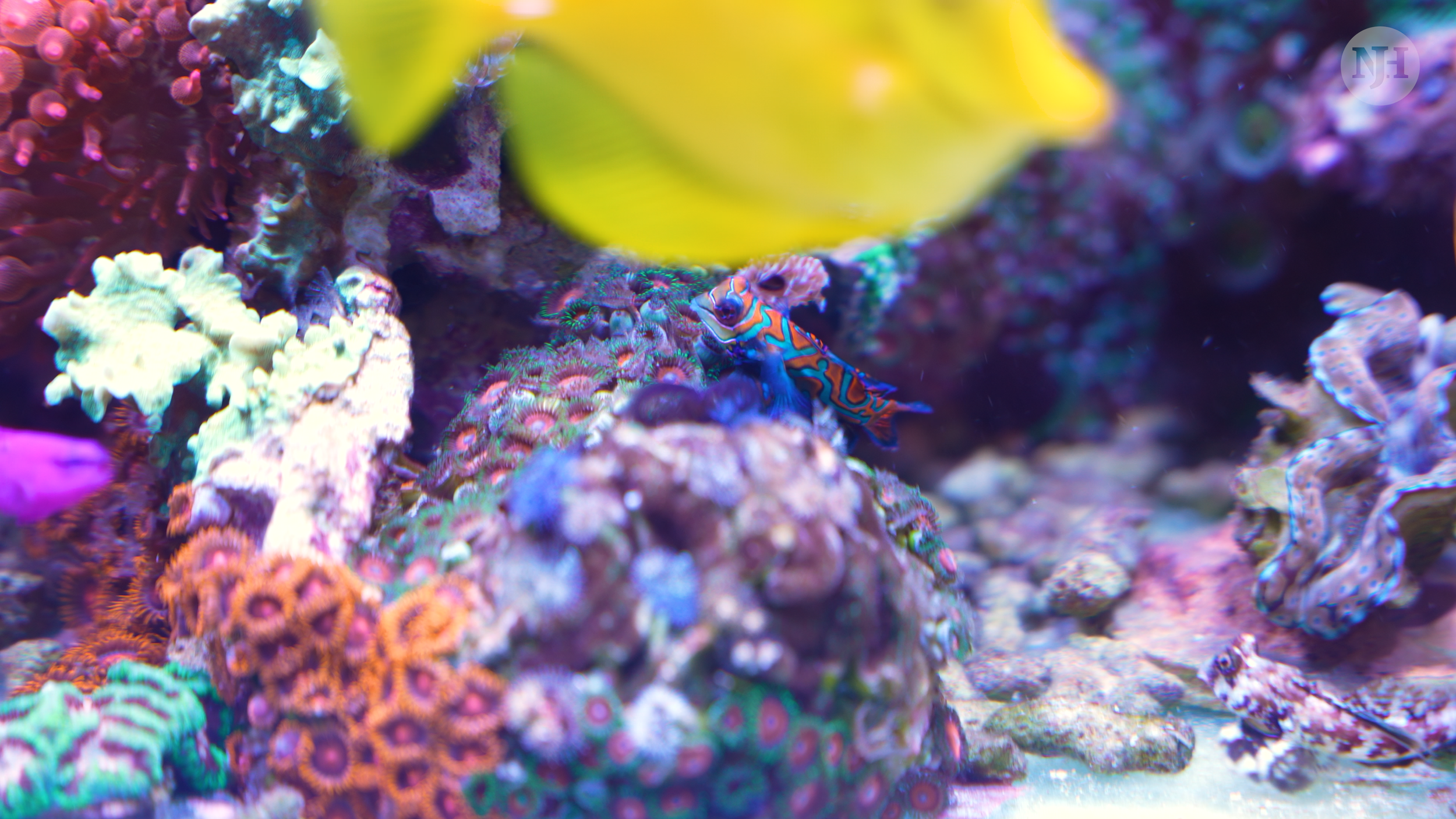
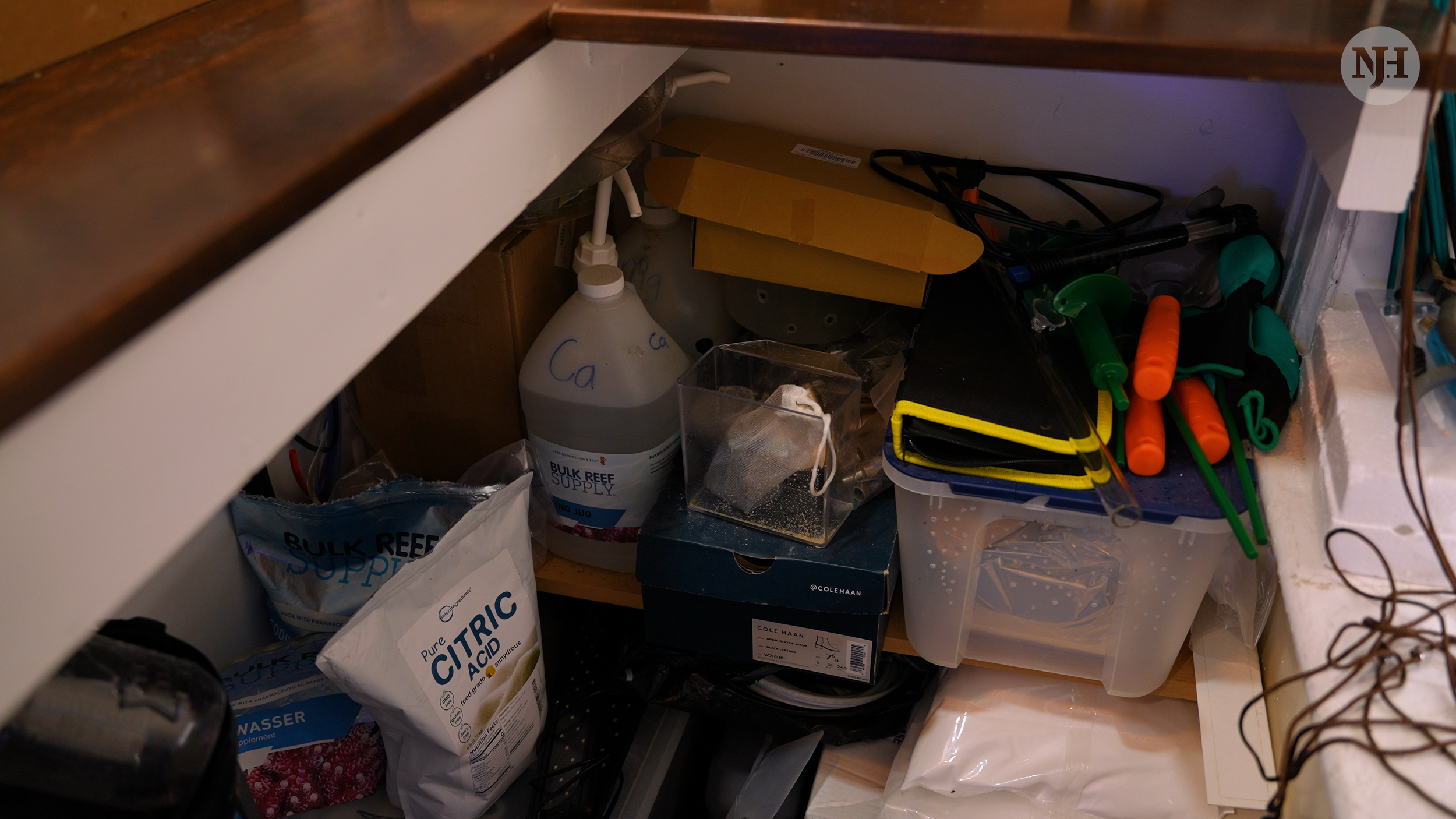
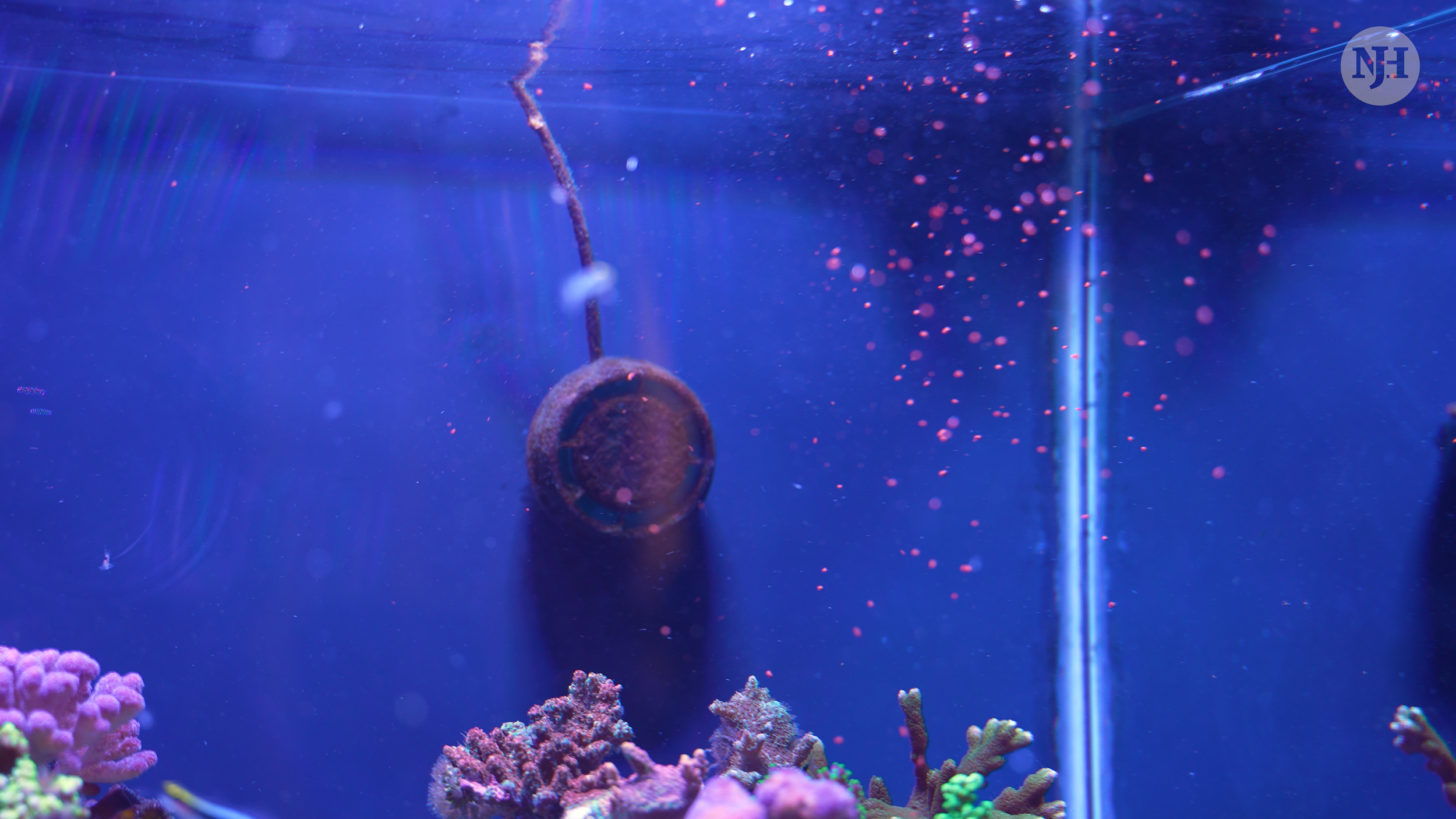
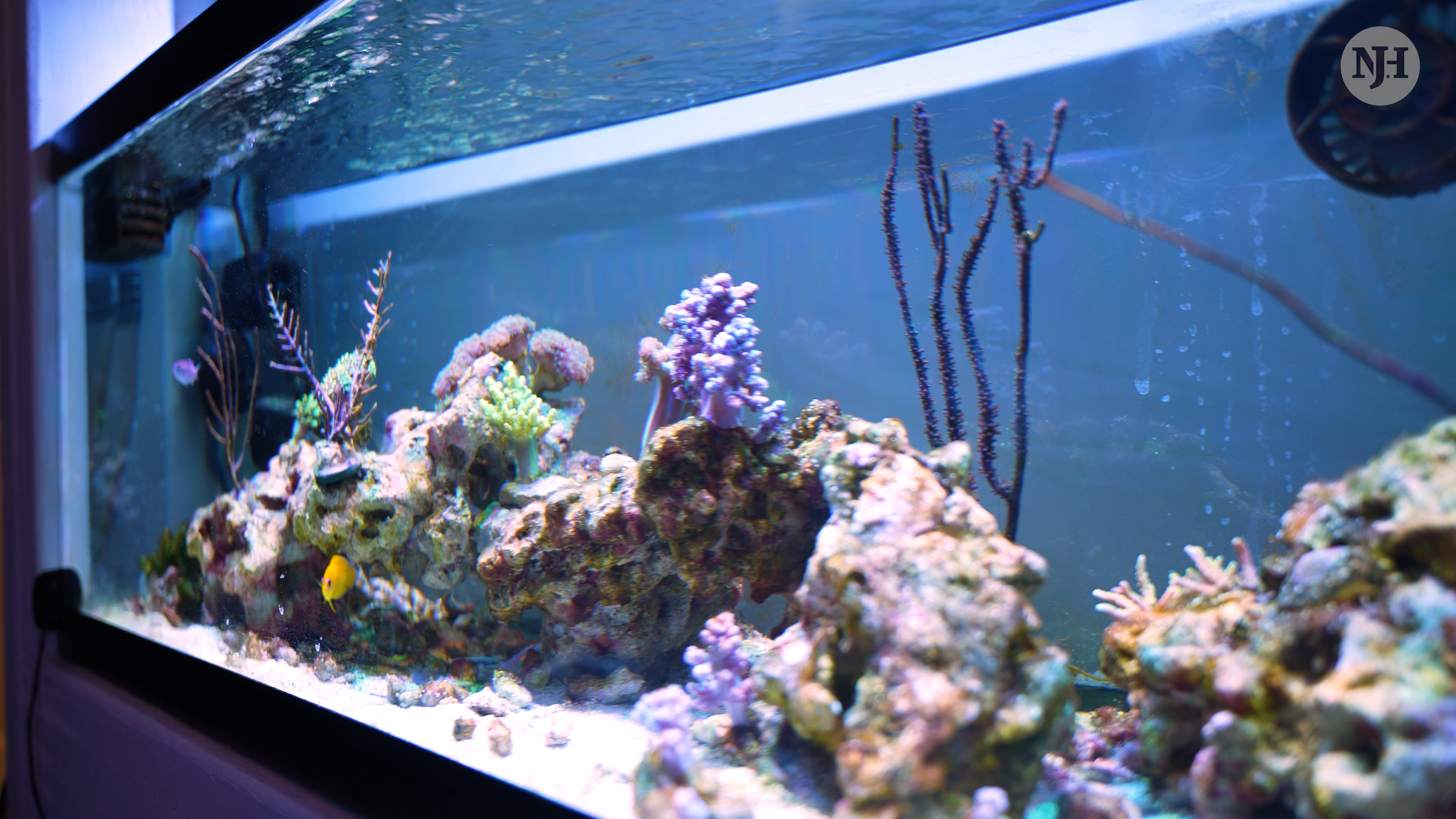
Creating an underwater world.
An aquarium is more than just fish and coral in a glass box, it’s bringing a small piece of the underwater world — which is ~70% of this planet we’re on — into your own space.
There’s all types of fish. All types of coral. All types of environments.
Part of the fun of creating these mini glass box ecosystems is recreating a part of nature then caring for it. By diving into aquarium keeping you will become familiar with ecosystems, basic water chemistry, fish behavior and a whole lot more. It is a multifaceted discipline which is what makes it so rewarding and enriching.
A simple start
Aquariums can be as small as a gallon container or as big as a bookshelf.
But there are some key features to ensure success:
Water type (i.e. saltwater or fresh water)
Size of container relative to the fish / coral
Filters
Tools to maintain
An aquarium overview
Join Robert for a deeper overview into the parts of an aquarium and what you need to consider as you’re assembling one.
Key features to understand to promote success:
Aquariums can be as small as a 1 gallon container or as big as a house but the general principles of aquarium keeping are very similar regardless.
Water type: Freshwater or Saltwater?
I recommend starting with a beautiful tropical freshwater aquarium under 100 gallons. You can start with saltwater but the learning curve is steeper and you need to plan to do a lot of research before jumping in.
Size of aquarium: A good place to start is to pick a size of tank that will look good in your living space. Most people start with something under 100 gallons.
I recommend about 15-40 gallons as a good starting point.
Filters: A very broad topic, speak with a local fish store and get a filter appropriate for the tank you decide to try.
Maintenance- very very important and part of the fun!
This is not an idle hobby, there is no set it and forget it.
Expect to be doing some maintenance at minimum once a month, some months more often. This is a dynamic living entity you created and it requires our care. It’s not that hard I promise!
Feed your fish daily.
A hard message to convey is you feed your fish, but do not to OVER feed them.
Water changes for 99% of people are absolutely necessary!
Water changes..did I mention this? Yes water changes are very important! Expect to remove about 10-25% of your aquarium’s water and replace it with new water once a month at minimum.
Ethical, moral, eco-friendly
Aquariums are filled with delicate living organisms. Just like dogs, cats, and birds they require our utmost respect and admiration.
I cannot express enough the need to make sure your aquarium hobby pursuits are ethical and sustainable.
Many aquarium hobbyists and suppliers are encouraging and maintaining an ethical approach to continuing the hobby and demanding tighter regulations and sourcing of healthy, ethically obtained animals.
Ways to be ethical and sustainable in your hobby:
Obtain captive bred, ie aquacultured or maricultured animals as a beginner for both fresh and saltwater livestock.
Obtain MAC certified wild saltwater animals and/ or wild animals from highly reputable sources that can ascertain the animals origins and are following all legal importation laws.
Do not try to obtain or keep rare or very delicate species as a beginner. I see this too often, those animals deserve to be housed correctly by people who know what they are doing.
Take care of your aquarium. Don’t let it go months without having a water change, feed and maintain pristine water for your animals.
We highly recommend researching and asking suppliers where they are sourcing their fish, corals, and materials.
Exploring nature
I truly believe a wonderful part of keeping aquariums is their ability to connect us with nature. They are a constant reminder of the tenacity and fragility of life on our planet and they have a way of moving us to explore more.
I love to take my aquarium keeping a step further. When I vacation I often find myself choosing places that have some connection to the ecosystems I recreate in my home. By doing this you learn about that vacation spot on a deeper level by meeting the “locals” you could say, but also taking home ideas of what you saw and how to better replicate those habitats in your aquarium. This concept extends to the vivarium and terrarium world also.
Examples:
Upstate NY or Tennessee or Montana etc: you don't have to go somewhere hot and exotic to be inspired. These inland locations have stunning rivers with rocks and logs and moss and unique species of fish. You can snorkel in lakes and rivers and check out the native fauna and use what you see for ideas. You can make small native aquariums or use the compositions of the elements you observed for inspiration in your tropical tanks.
Florida: You can check out Disney or Miami and drive a short distance to see crystal clear springs filled with fish and plants that look just like an aquarium or take an airboat into the Everglades and see the flooded cypress roots with native orchids, air plants and mosses.
Florida ocean: you can snorkel in the Florida keys and see the coral reefs covered in soft gorgonians swaying in the current, observe a royal gramma fish and an Atlantic blue Tang and notice the macroalgae mixed with corals. You can then take this and recreate the idea at home.
Indonesia: places like bali are very popular tourist spots and you can dive or snorkel coral reefs there. You could find a rock surrounded by sand dancing with neon fish and corals that excite you and you can take that home with you and recreate it.
Finding more help
Local fish stores are a wealth of knowledge. These hubs for our hobby are run by passionate individuals dedicated to aquarium keeping. They can help you get started with the right equipment and livestock and help you meet fellow aquarists.
I recommend visiting a few different stores in your area to see what they are like and which ones you like. Not every store is of the same calibur so shop around and work with one that gives good information and doesn’t just want the sale.
Social media: be very careful about what you see online as some of it can be highly curated and not realistic of what a normal aquarium will look like. But! Instagram and good old Google images can provide a wonderful resource for inspiration. I welcome you to visit my Instagram page @dendrodr where I love to share aquarium inspiration and natural habitats. Feel free to message me for anything, I will happily help or send you to the right place.
Discover more hobbies.
Discover more of Robert’s aquariums on Instagram @dendrodr.






